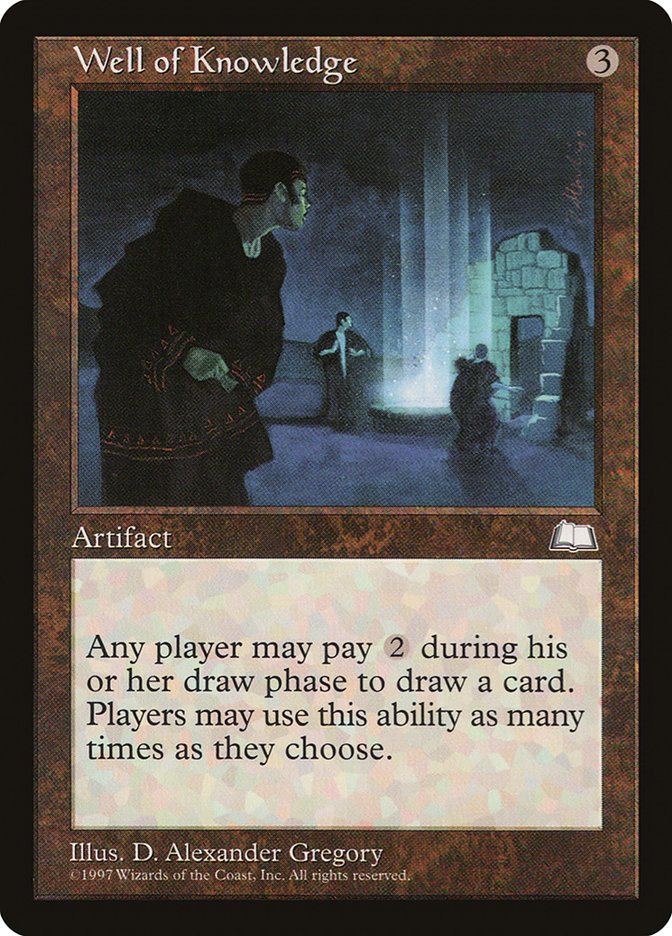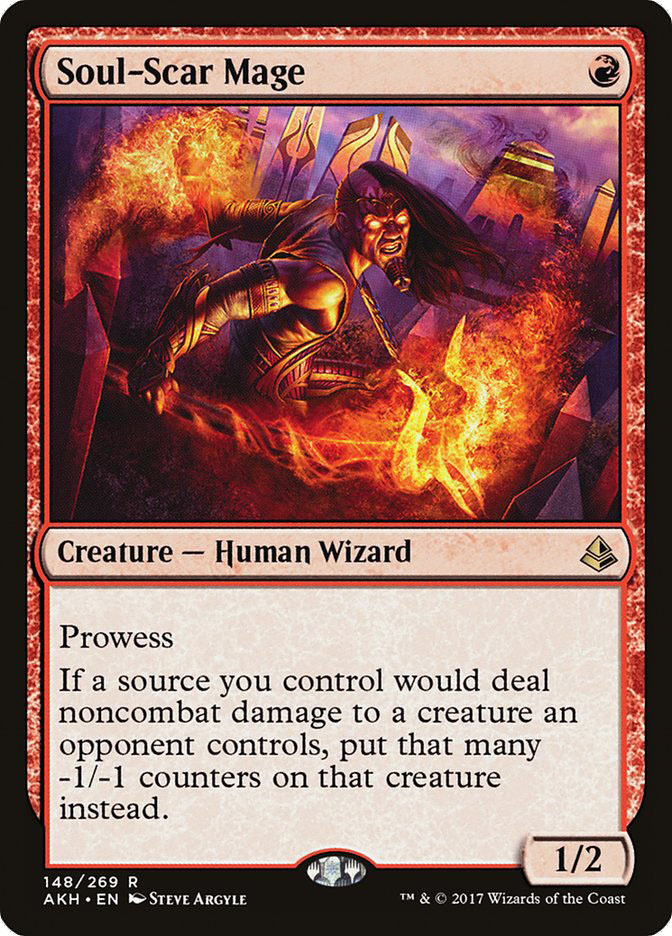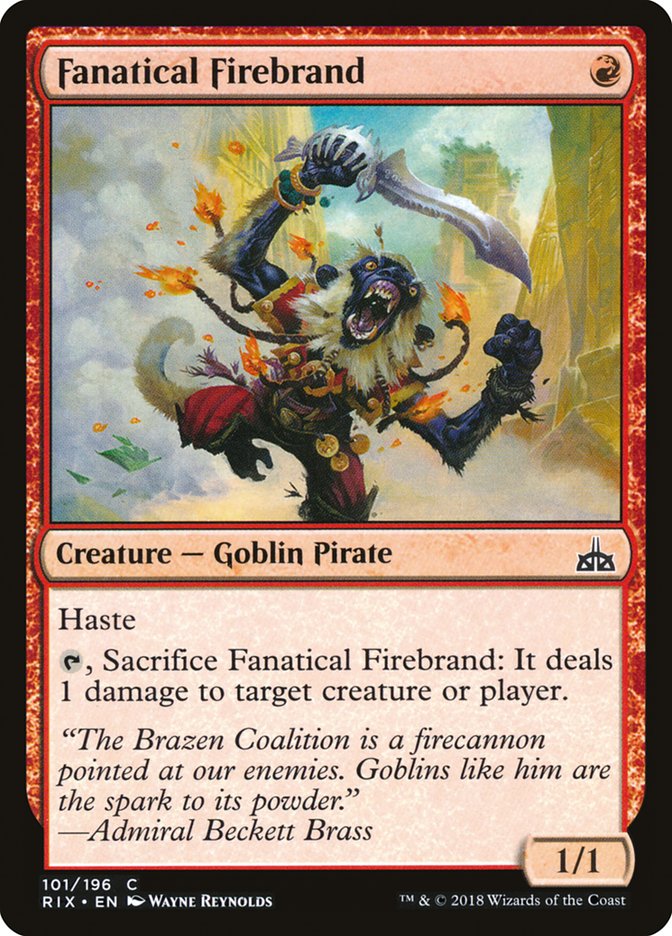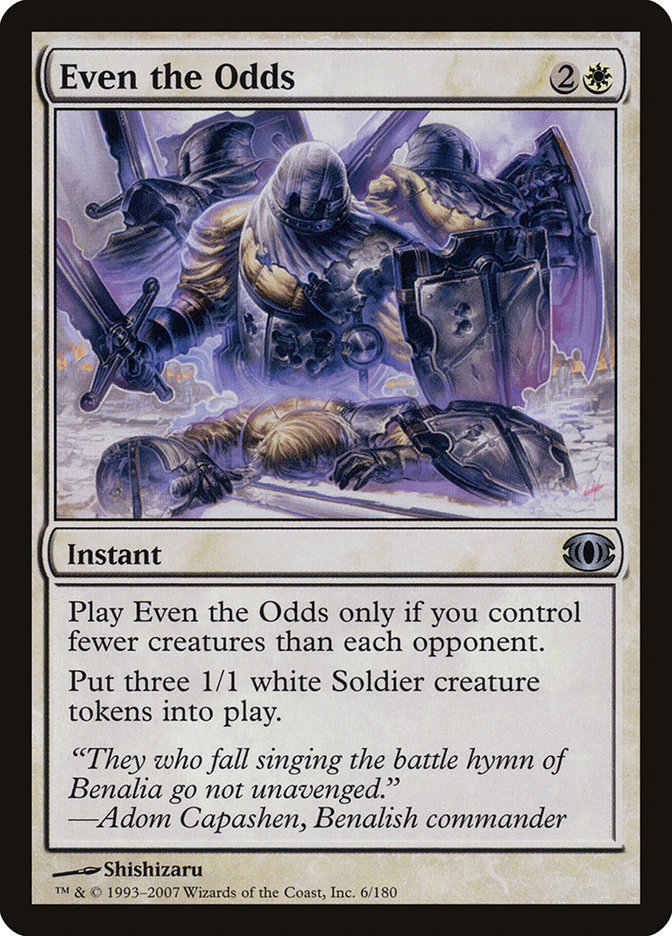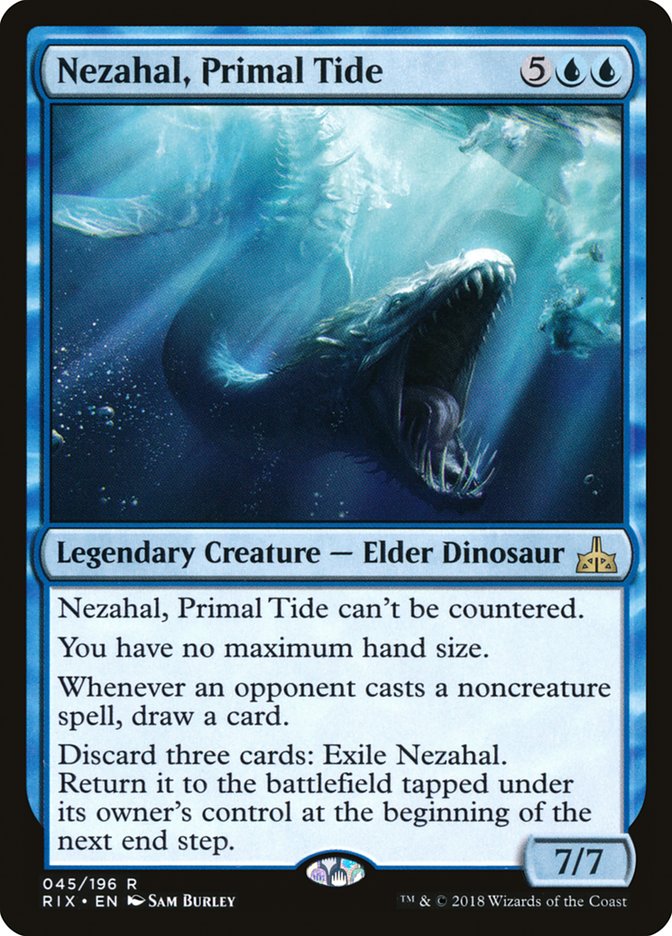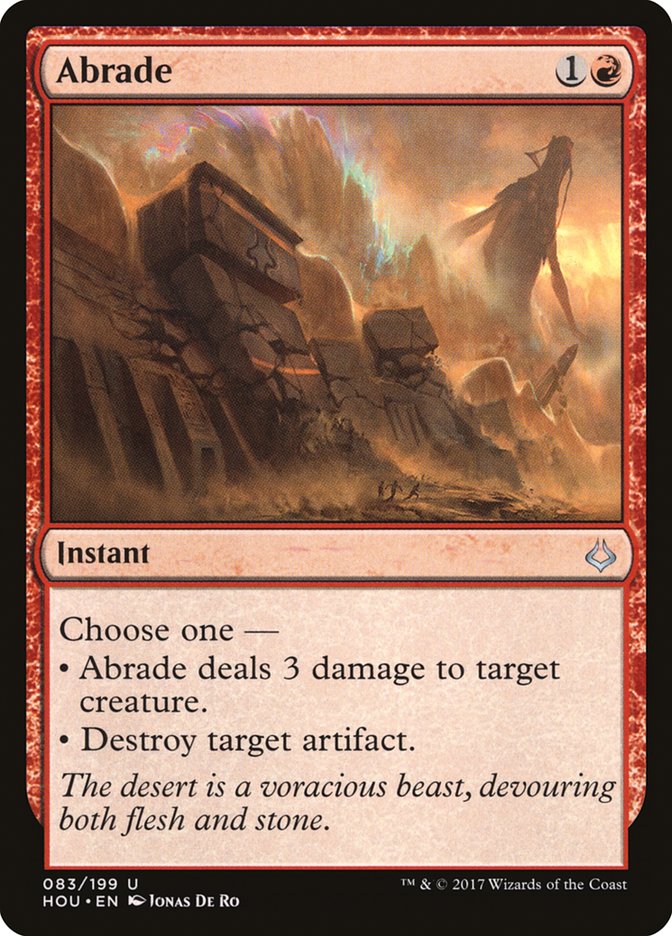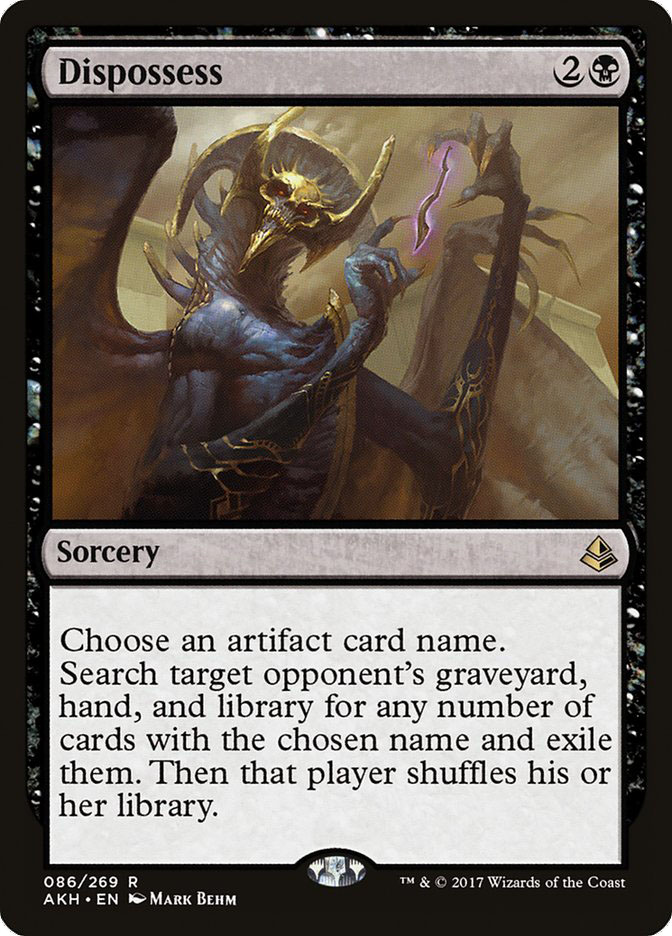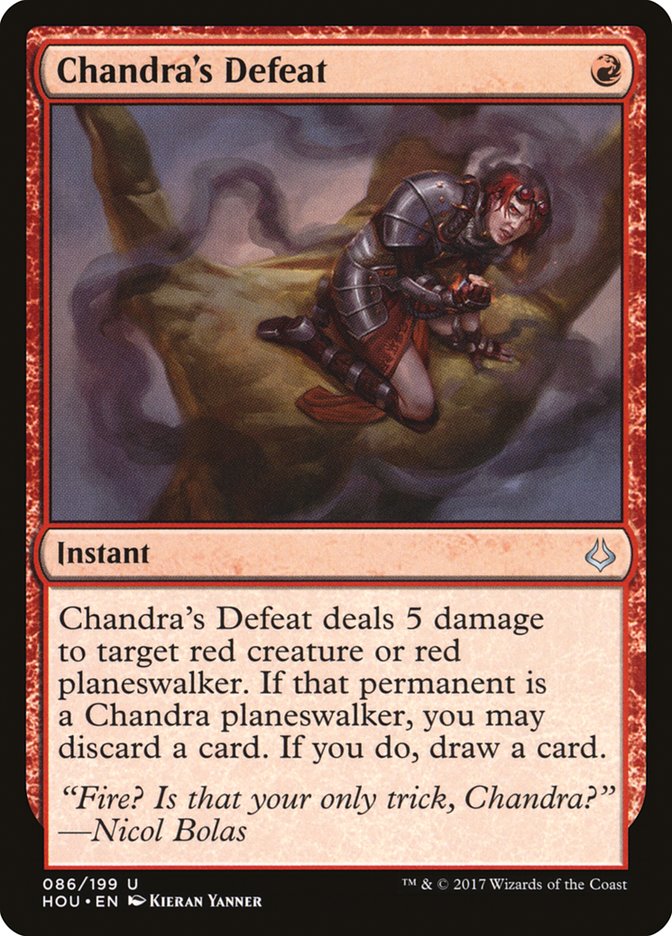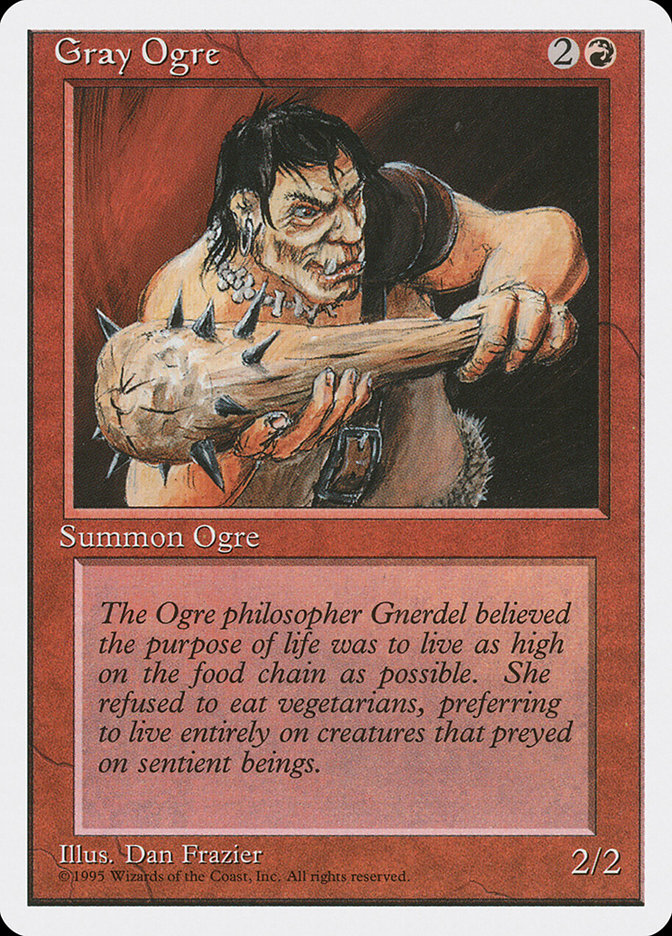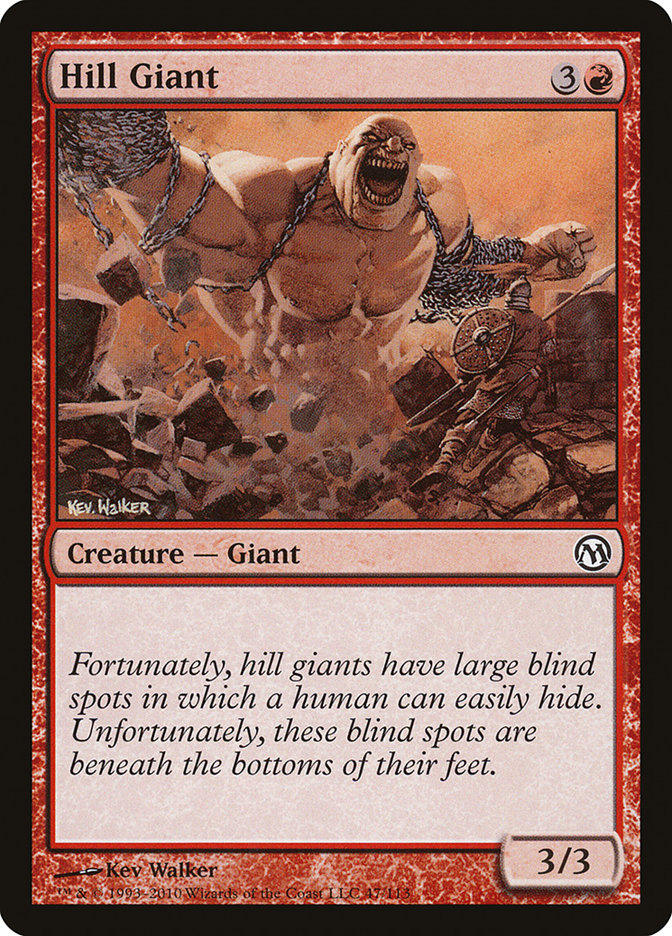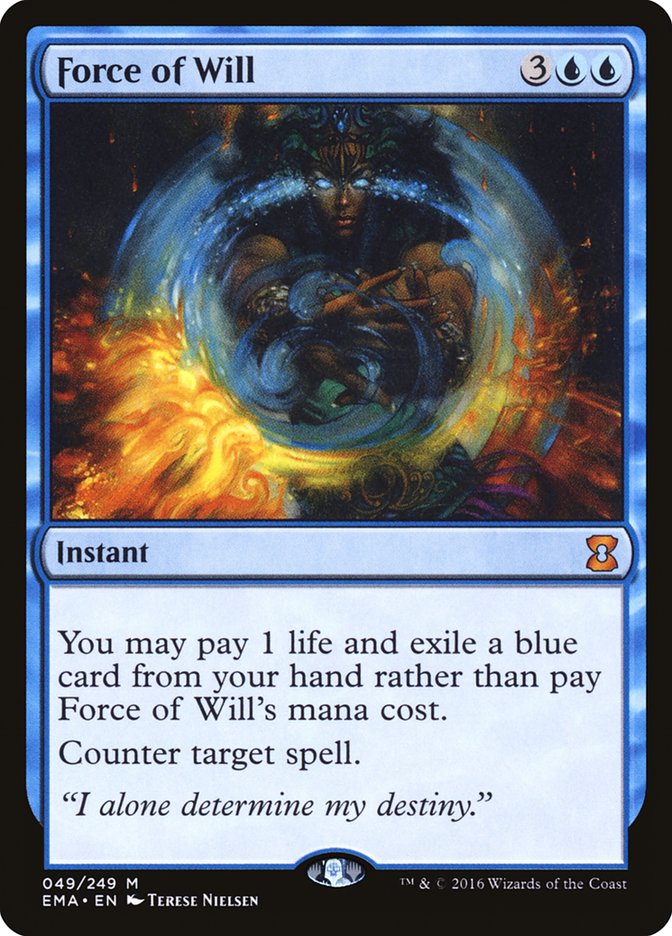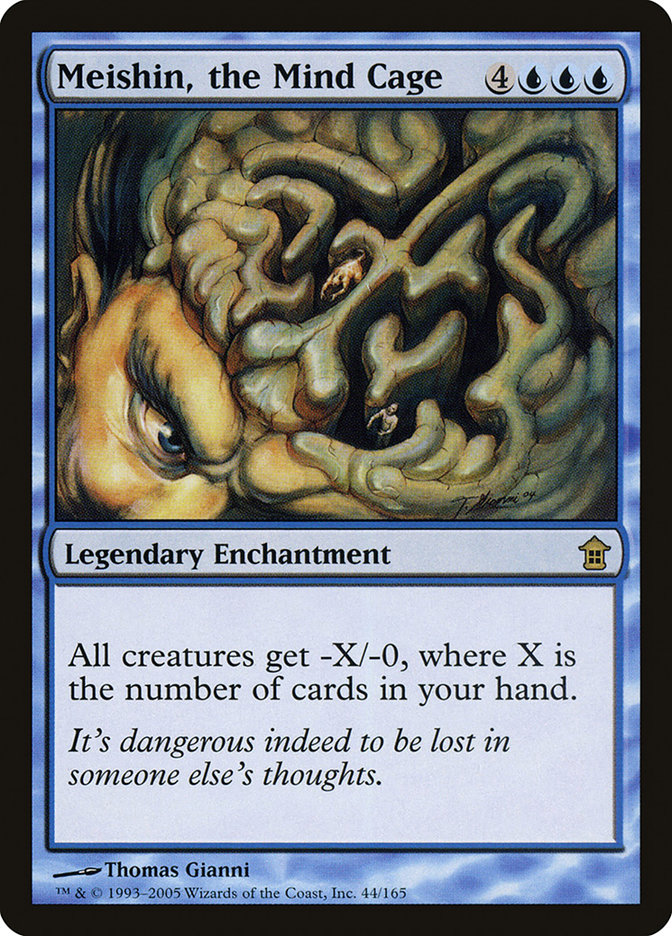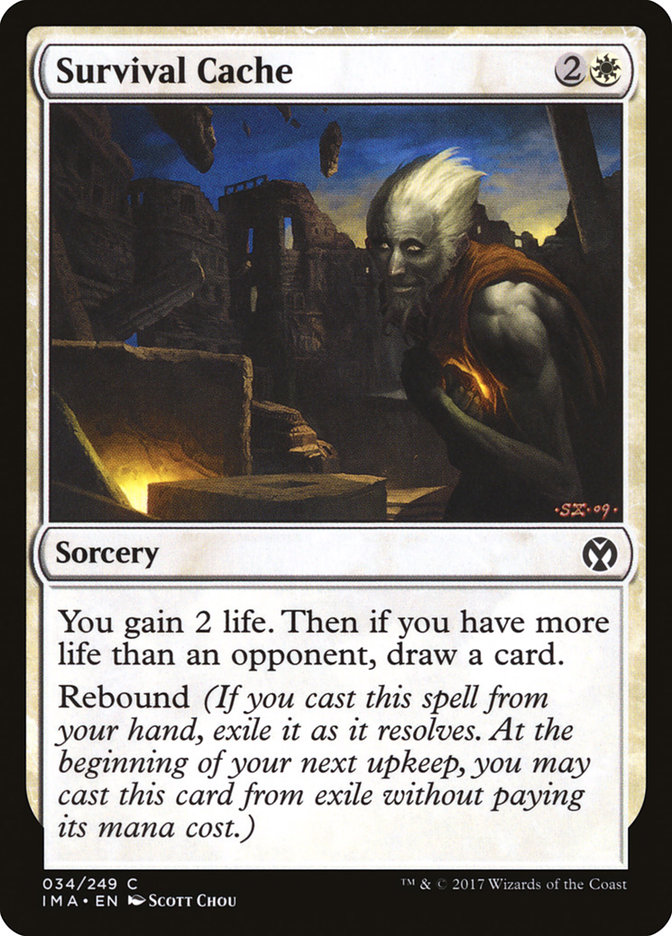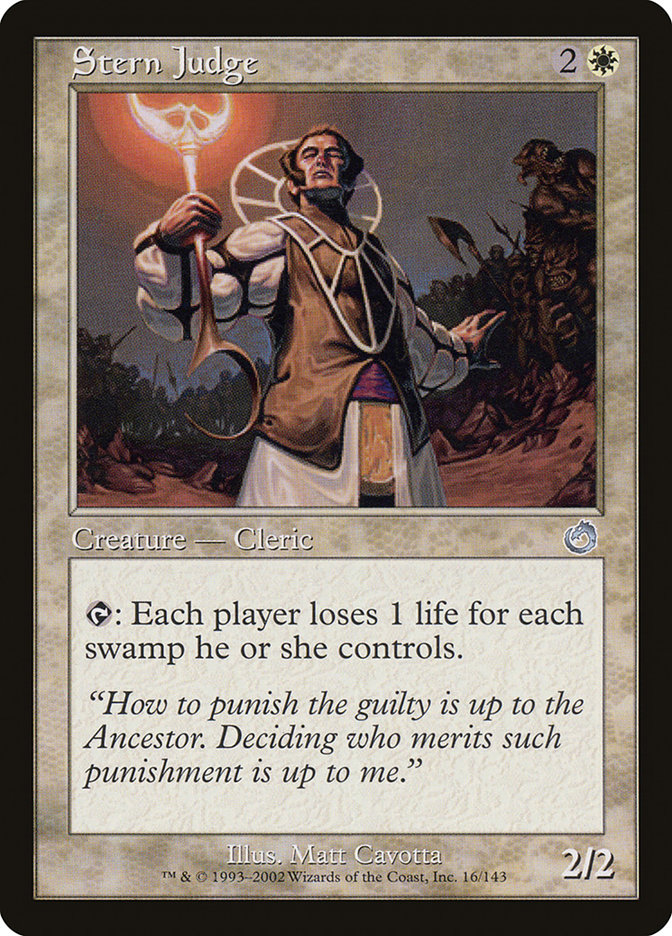Last week, we discussed some of the broader-stoke philosophies I’ve incorporated into my game. I hope they helped you think about the way you think. In a game that’s constantly shifting, going back to those ideas can help you stay grounded.
Now we’re going to get a little more specific as we approach some of the more nuanced sides of my game, like information management, sideboard design, and free bluffs. Much of this won’t apply to your day-to-day Magic life, but it can come up when you least expect it. Let’s dive in!
Information Management
Magic is not just a game represented by cards on a battlefield. It’s also a game of hidden information that can come from an opponent’s hand, library, sideboard, and even their thoughts. Varying possibilities of what’s to come keep us from making the best plays possible, and to fight this, we extrapolate as much information as possible before making decisions. Magic is a battle over information first and foremost.
That’s why I find it so important to know as much as I can going into every tournament. So often I get credited for knowing exactly where a metagame is going to be, but that’s not due to some innate ability of mine. What’s actually happening is I get closer than most to knowing the whole picture, and I do that by extensively researching the format. I look at every decklist, organize it with a timestamp, and find trends in the metagame. Knowing what’s been doing well makes it much easier to figure out what’s to come.
It also creates a giant well of information to work from. Knowing as much as you can about each deck allows you to get closer to figuring out which iterations are most likely to show up at the tournament. You never want to get too far ahead of things, though; it’s important to keep in mind that all versions will be represented in varying degrees.
Let’s take a look at Mono-Red Aggro at Grand Prix Memphis for the perfect example. Mono-Red Aggro was the most dominant deck right after Rivals of Ixalan debuted and the bannings happened. The decks started similarly to how they looked when they had Ramunap Ruins but added Rekindling Phoenix to the sideboard. Soon after, many players were so frustrated with how underwhelming Soul-Scar Mage was that they replaced the Mage with Fanatical Firebrand. Those lists also replaced the maindeck copies of Chandra, Torch of Defiance with Rekindling Phoenix, as it was better-suited in the mirrors. A week later, some players began splashing black for cards like Scrapheap Scrounger and Hour of Glory.
All of these changes came on so suddenly that it was important to realize all three versions of Mono-Red Aggro would be at the Grand Prix. Since I believed Fanatical Firebrand to be better than Soul-Scar Mage myself, I decided to assume that anyone playing the latter would simply have an outdated list.
Since this was my prediction, I would assume that if I saw an early Soul-Scar Mage they would also still have maindeck Chandra, Torch of Defiance instead of Rekindling Phoenix. Those with Fanatical Firebrand could have either four-drop, but I would assume the Phoenix until proven wrong. This would allow me to play more appropriately in my matches.
Now, of course, this isn’t a proven science, but it is a theory I’ve found to be correct most of the time. This example is also just one of the many theories I have going into a tournament, and they all originate from researching the available data. Sifting through decklists so that I know every potential sideboard card and how decks are utilizing their 75 isn’t the most fun work, but it’s way more rewarding than just jamming more games before an event. Work hard, but also work smart.
Having this information going into events has helped me exploit metagames with grandiose calls like Mono-White Eldrazi as my deck of choice, but most of the time I just use it to formulate tight sideboards and plans. It also frees up my decision-making process in-game so that I can better understand what’s happening in the games when I play them.
Sideboard Design
Last week I talked about how I tend to lean towards midrange strategies. I’ve gotten fairly proficient on how I want to build these decks, since I’ve been doing it for so long. Generally the best way to construct the maindeck is to have a few ways to steal games against dedicated control decks, but for the most part, focus on being favored against as many decks as you can.
This usually means you want your maindeck to lean more aggressive than defensive. That way you should have a quality list against the rest of the field, ways to win against the unknown with a high enough threat count, and plenty of sideboard cards for the control matchups.
There are some tricks to doing this correctly, though. Since you’ll need upwards of ten cards in your sideboard dedicated to control decks, you’ll need to make sure you use the correct ones. You also need to make sure not to skimp on your other matchups. It’s not always easy to make it all work, but the process at least exists.
The first thing you need to know is you won’t want to try to beat control with “haymakers” like Nezahal, Primal Tide. Cards like this cost too much mana to reliably beat control decks, as you’ll need to get seven lands onto the battlefield before deploying this threat. This takes up too many cards in the first seven turns to appropriately force the interactions on control that help you win the games. It also means those cards in your sideboard won’t also come in against many other strategies, lowering the effectiveness of your entire sideboard.
You want to beat control with a gameplan, not individual cards. The complication is that sometimes that gameplan has to take shape only once you know what other cards you need to fight the rest of the metagame. Like I said, it gets complicated…
Another point that needs to be brought up is that the best sideboards come with a mixture of universal and specific cards. Abrade, for example, is a universal sideboard card as it can come in against Sultai Energy, Mono-Red Aggro, W/G Tokens, and Grixis Energy. Chandra’s Defeat, on the other hand, is a specific card that’s great at fighting against Mono-Red Aggro, as it can kill creatures just like Abrade but also can take care of Chandra, Torch of Defiance. It might look like Abrade is better, since it can come in against more decks, but Abrade won’t increase your chances to kill a Turn 4 Chandra.
You have to find a balance, since you need your sideboard to envelop the entire metagame but also be powerful enough to matter. That’s why I try to have at least a handful of cards that don’t really come in against many decks yet are absurdly powerful in those matchups, especially if there’s something specific I’m looking for, like more answers to Chandra, Torch of Defiance.
Another example is that I played a single copy of Dispossess this past weekend at SCG Cincinnati. Grixis Energy doesn’t have a bad U/W God-Pharaoh’s Gift matchup, but this decision allowed me to reduce the number of sideboard cards I needed for that matchup while also giving me a great threat against U/B Control. Of course it wouldn’t make or break my sideboard if I didn’t have enough cards for U/W Gift, but every little edge counts.
It can be difficult to figure out the exact balance of universal and specific cards. Sometimes it’s so infuriating that I too just hope someone would write an article with a detailed sideboard guide for me to blindly follow so I can stop going in circles trying to find the correct numbers. This is easily the most challenging part of the game, but also the most rewarding if you do it correctly, and over the years the best sideboards I’ve had all had bold cards in them. You need to play powerful cards that do very specific things.
Free Bluffs
Some of the most important information you can come by is what’s in an opponent’s deck, but every once in a while it’s crucial to know what’s going on in their head. After all, this is a battle of wits, two wizards slinging spells, trying to outsmart one another. Sometimes the decks are stacked against you, making games of trickery the only way to come out with the victory.
Bluffing really doesn’t happen that much anymore, though. My theory for why there’s less bluffing is simple: the cards are too powerful nowadays to worry about things like this, as you rarely need the edge, and the downside to getting called is much worse than it once was. We don’t talk in terms like “Gray Ogre” and “Hill Giant” anymore, as cards with these stats have first strike, flying, and indestructible today. You can’t just away these things willy-nilly, but that doesn’t mean situations don’t exist anymore.
There is one commonly used bluff that still exists that I like to call the “Hail Mary,” yet it doesn’t work. We’ve all been there, ahead on the battlefield, only needing to fade one more topdeck from an opponent. They draw their card, pause while surveying the battlefield, and finally do some finger math before passing the turn back. We untap our creatures, only to tap them again, and they extend the hand in defeat.
Or they don’t, I don’t really know where we are on handshakes anymore…
Like I said, this bluff hardly ever works, but that doesn’t mean it’s not correct to do, as it doesn’t negatively impact the player executing it. The only downside to it is that it’s so outplayed at this point. We’ve all seen it before so many times that it’s obvious when it comes up. Now, that doesn’t mean nobody knows how to “pretend” to draw a bad card when they did in fact rip a Settle the Wreckage, but would that change their opponent’s play? Probably not. In the end, this is just a no-risk bluff that doesn’t really do anything.
The key to take away from that last sentence is “no-risk,” as that’s the type of bluff I love to execute these days with the cards being so unbelievably powerful. There are higher-risk bluffs out there that have to be executed from time to time, but it’s difficult for the payoff to be worth the risk.
One no-risk bluff I’ve used for years now in Legacy is always bluffing Force of Will, even when I have it in hand. The trick here is to wait for an opponent to cast their first card you could arguably use Force of Will on. I wouldn’t do it on a Turn 1 Ponder, but would on their Exploration, Deathrite Shaman, or even Delver of Secrets. What you do is grab a card from one side of your hand, then a card in the middle, and move them both to the front and think for a second, eventually letting the spell resolve.
What does this tell your opponent? Well, that you have a Force of Will, of course! Does this change their play? Maybe. Does it really matter if you gave them free information? Probably not. It’s already known that most decks play four copies of Force of Will, so combo decks have to get around them anyway. It’s also known that Force of Will isn’t even that good in the midrange mirrors.
Sometimes this bluff can cause an opponent to expect a Force of Will, when in reality you have two actual spells to deploy. They may also wait a turn on casting their True-Name Nemesis, trying to trick you into casting Force of Will on something else. Other times they might not believe you and just jam a big spell, calling your bluff.
What this bluff does is make your opponent consider something they would normally not put much thought into. By simply moving two cards around, you’ve taken away from their normal decision-making process and made them think you’re some scrub just giving away information. Once it becomes known you just do this no-risk bluff all the time, things don’t get trickier for you. They still spend time thinking about things that don’t actually matter.
Another no-risk bluff that’s seldom done has to do with Sealed Deck sideboarding. Sometimes players have more than one deck in their Sealed pool and only discover which is best when they discuss it with friends after the build time is over. Those players will often shuffle in a bunch of cards in the same sleeves and take out the same amount. Every once in a while, one of my opponents can do this without me even noticing!
This has become the most optimal way to change colors in Sealed Deck, but why can’t this become a great bluff for those who don’t change colors? Just take twenty off-color lands, sleeve them up in matching sleeves, and shuffle them in and out of your deck between the first two games. It’s that easy!
The purpose for this is that there are very specific sideboard cards that your opponent might now be hesitant to sideboard in! There are many specific sideboard cards like Cleansing Ray, Dual Shot, and Legion’s Judgment that they might randomly leave on the bench, and it was basically free for you to do! Who cares if they call your bluff? It didn’t cost you anything!
Try to find no-risk bluffs yourself, as they are pretty much free value, even if it’s minimal. Bluffing with a downside comes with a cost, and it’s not something I’m personally comfortable trying to teach through written word. It’s difficult to know when the right times come up to deploy high-risk bluffs, as you need to know exactly what level your opponents are on. Sometimes they won’t even know a bluff is possible, or even all the cards in the format. It’s just not worth it to get too cute these days when efficiency is so important.
That’s all I have for now, but please let me know if there’s anything I missed, or if there’s something you wish I talked about. Obviously my ten years of competitive Magic don’t simply boil down into these two articles, but dredging up everything is rather challenging. I’ll try to answer all the questions I get down below!
I do have something to say about #Handshakegate before I go. I, for one, do not take losses well. I’m expected to handle them better, since I’m a public figure in our community, so I understand this subject better than most.
Losing sucks. It’s the worst thing in my life right now. I hate it more and more every time it happens. I’m not happy for my opponents when they beat me. Well, sometimes I actually am, but for the purpose of this rant, it makes me want to vomit just thinking about it. Losing is appalling, but guess what – tournaments are designed to create losers, not winners. One person walks away a winner and everyone else just has to go home. That’s what we’ve signed up for.
I might hate losing, but I never disrespect my opponent. At my worst, I grab my possessions, wish them luck in future matches, and leave. We learned this in grade-school. Just shake their hand and move on with your life, one way or another. Don’t try to take something away from them, even if it’s simply not dignifying them with a symbol of respect. Don’t tell them why they don’t deserve the win. Don’t be so emotionally weak.
At the same time, don’t judge people for taking losses worse than you do. We’re all different, and expecting everyone to match you on this subject is just plain selfish. Don’t look down on people for processing emotions differently from you. You can defend yourself if you are experiencing abuse, but just let those with toxicity in them figure it out for themselves.
Gossiping about it can just make things worse for those players, and possibly cause the issues to continue. If you really need to do something about it, just talk to that person in a private setting to see if everything’s all right. Who knows? Maybe it’s stress from other places in life. They may just need someone to talk to.
It could also be that the person’s perennially saltier than me interacting with Ross Merriam, but it’s always correct to get better and not bitter.
Be the better person and stop blasting people for moments of weakness.


